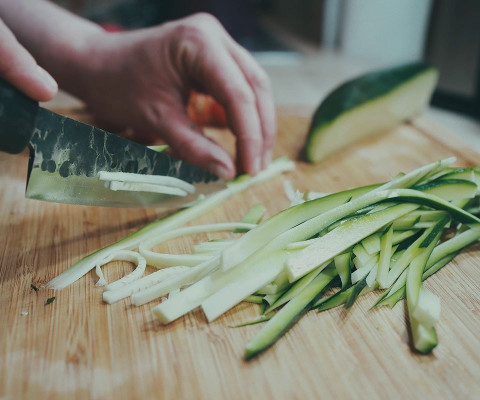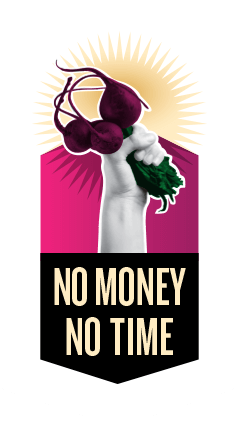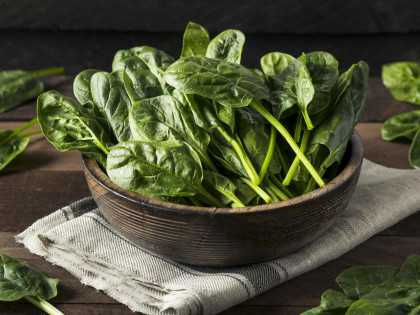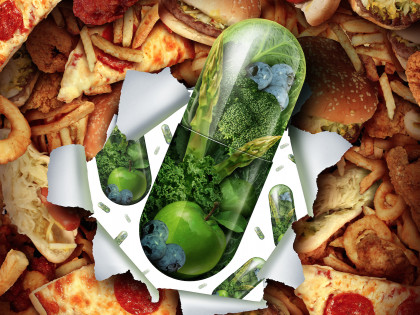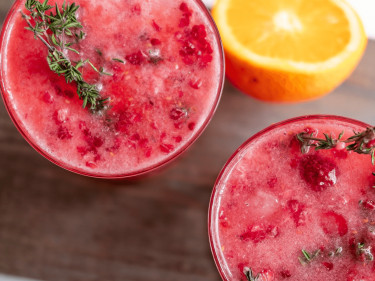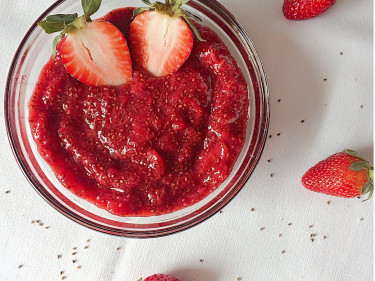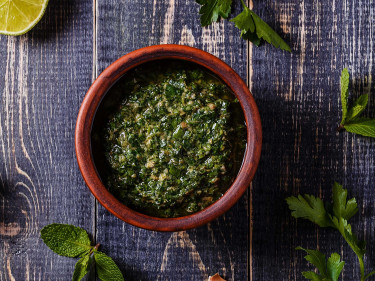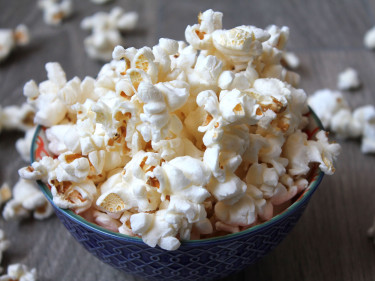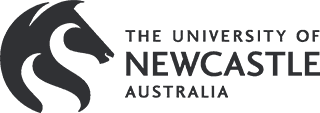Serves = 4
1 small Jap or Kent pumpkin (approx 2.5kg), washed thoroughly
1 cup of cooked brown rice
1 425g can brown lentils, rinsed
1/2 cup parsley, roughly chopped
2 tsp Moroccan spice mix
2 spring onion, thinly sliced
1 cup baby spinach, roughly chopped
¼ cup dried cranberries, roughly chopped
50g low fat feta cheese, crumbled
Extra Virgin Olive oil
